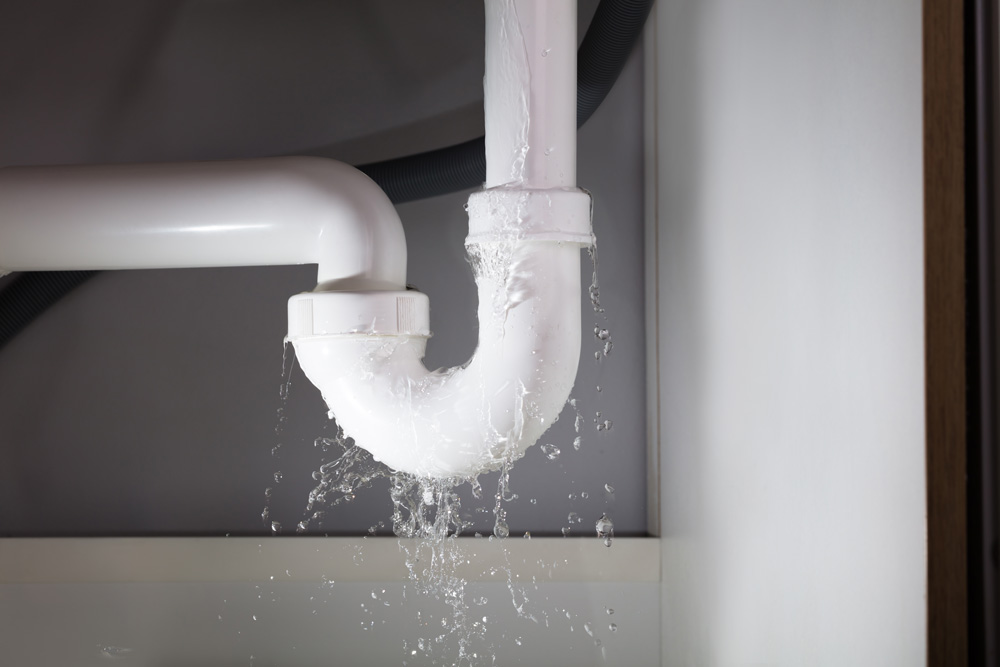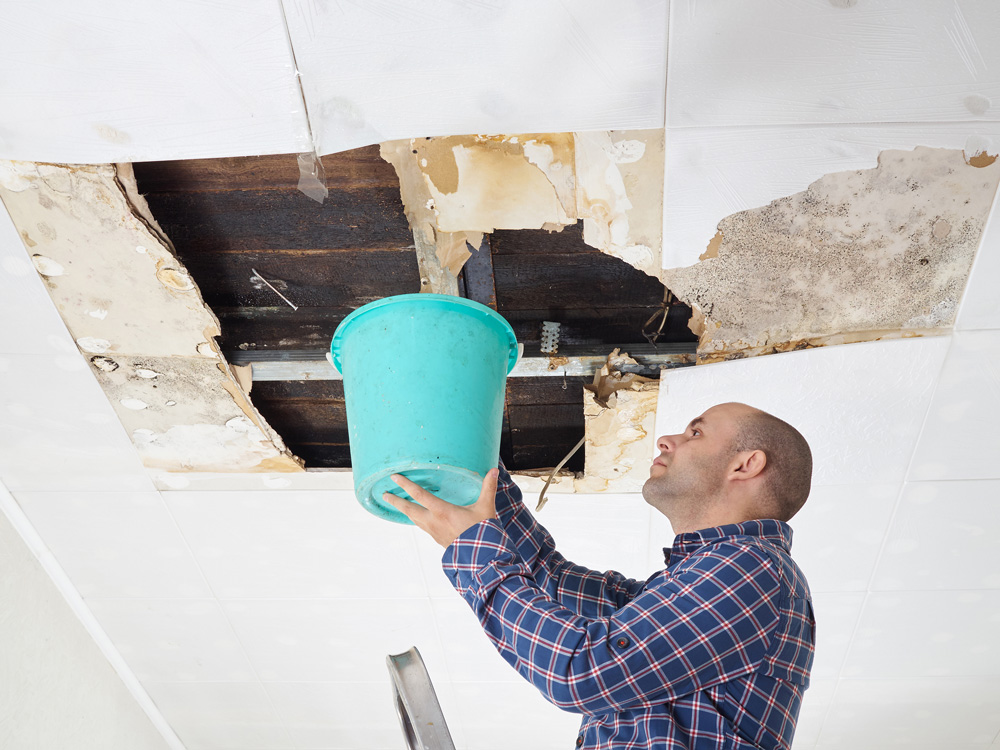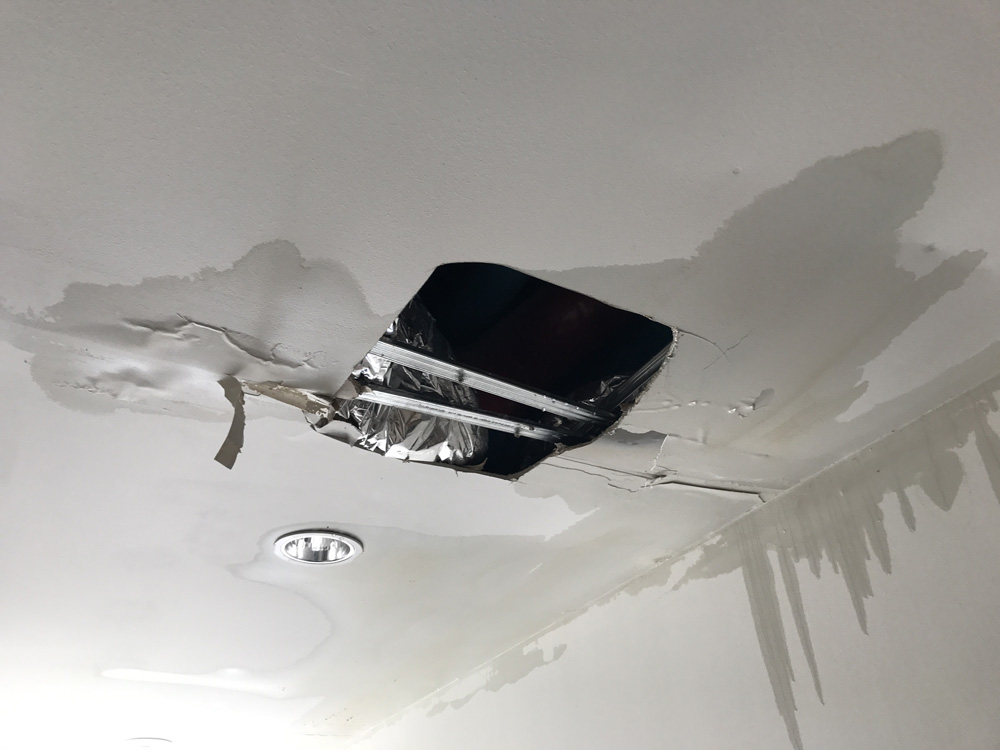To the average property owner, water damage is cut and dry: the destruction of personal or business effects due to water and moisture. But in the insurance world, there are many nuances to water damage.
Depending on the water source — be it a malfunctioning washing machine to a burst pipe induced by bitter temperatures — the coverage you think is sufficient may not be. The distinction is often buried in the fine print.
From flooding to sewer backup to ceiling water leaks and more, the details matter when it comes to surveying water damage and how it occurred in the first place. Staples Consulting Group has the expertise, means and resources to help you handle your water damage and water damage restoration claims from start to finish.
What is the textbook definition of water damage?
Is water damage always covered by insurance?
The shorter answer is: it depends. For the most part, yes, water damage is something your home or business is protected from through your insurance. However, whether water damage repair is fully paid for is largely contingent on it being sudden, accidental and/or unexpected.

An insurance adjuster will help to determine the answer to this question through an investigation, which involves assessing the damage, reviewing the covered perils on the existing policy and any other supporting materials. The insurance adjuster also frequently collaborates with other professionals, such as contractors and engineers, to determine the appropriate amount. They may also work with other adjusters representing the insurance agency or the person or business making the claim.
What may prevent an insurer from honoring an existing policy is the findings from the investigation. For example, if a washing machine was to overflow because of a design flaw that is the fault of the manufacturer, the resulting water damage would more than likely be covered. But if the insurance professional determines that the issue could have been avoided through routine maintenance, then the insurer may deny the claim.
The same goes for a burst pipe. If a pipe explodes because of unusually cold temperatures in a fully insulated home or business, a standard homeowner’s or business insurance will cover the cost of the damage up to the limits of the policy. But if the owner is neglectful with respect to maintenance and general upkeep (e.g. no insulation, not enough insulation, an old furnace, thermostat kept excessively low, etc.), then water damage repair may have to be paid for out of pocket.

How is water damage different from flood damage?
Another factor concerning insurance coverage is whether the water damage is from flooding, meaning standing water, and if that flooding is derived from weather events. This means that while all flood damage is water damage, not all water damage is considered by insurers to be flood damage.
Assessing flood damage is largely guided by how the Federal Emergency Management Agency and the National Flood Insurance Program (NFIP) define the term “flooding.” It’s considered to be a “general and temporary condition of partial or complete inundation of two or more acres of normally dry land area or of two or more properties from:
- Overflow of inland or tidal waters;
- Unusual and rapid accumulation or runoff of surface waters from any source;
- Mudflow; or
- Collapse or subsidence of land along the shore of a lake or similar body of water as a result of erosion or undermining caused by waves or currents of water exceeding anticipated cyclical levels that result in a flood as defined above.”
Say that your foundation is leaking and the water coming into the basement is from torrential downpours, coastal flooding or a hurricane. That is something that would be covered under a flood insurance policy. If the same water entered through the ceiling, causing leaks, any damage would be covered by property insurance.
However, just because water comes from the outside and damages the inside doesn’t necessarily mean that flood insurance or property insurance will cover it. In cold weather environments, a common source of roof leaks is ice jams. An ice jam is the product of a freeze-thaw cycle that often occurs in late winter as the days get warmer but nights remain cold. Dams form in gutters when the snow melts and then refreezes, creating a ridge. As the ice builds and water is unable to drain, the leakage can seep its way into your home or business’ walls or ceiling. If the insurance adjuster deems this to be a maintenance issue — i.e. something that could have been avoided — you may not be covered.
Generally speaking, whether water damage is covered by flood insurance or property insurance depends on many factors, including the source, the direction of the damage (i.e. did it start at the top or the bottom of the property?), and if the water damage was sudden, accidental or beyond the owner’s control.
